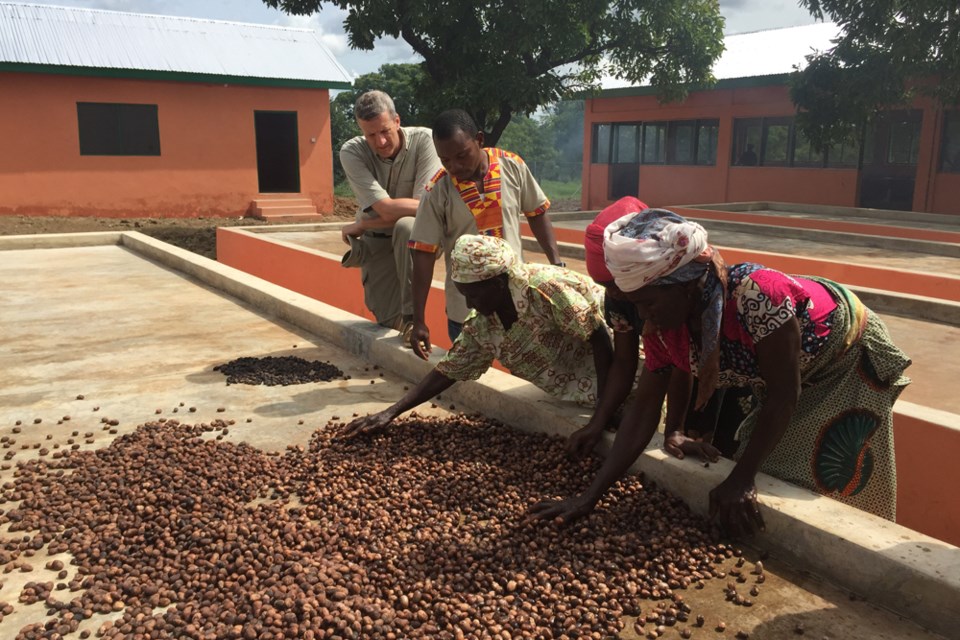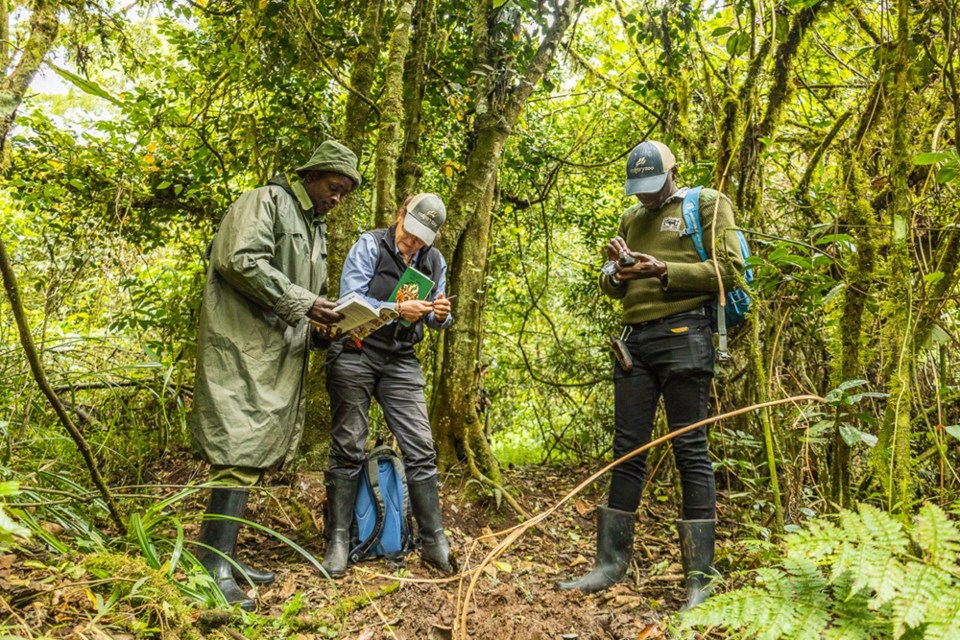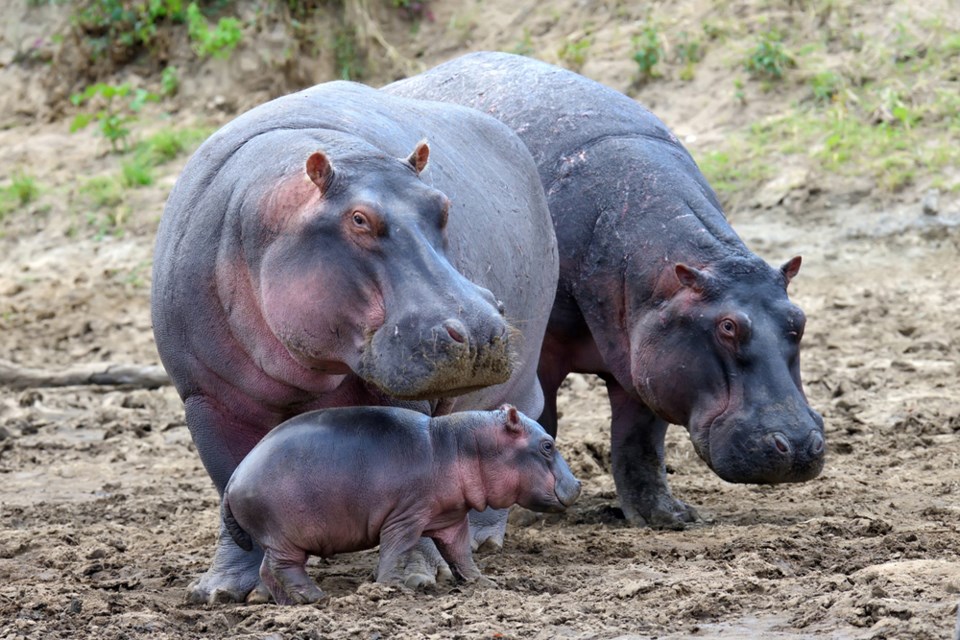The field of conservation is in the midst of a generational re-think.
Change is coming – and that’s a good thing.
The Canadian-based Wilder Institute is at the forefront of those shifts, both in thinking and in practice on the national and international stages.
The Institute’s work ranges from helping hippo habitats in Ghana, right down to restoring northern leopard frog populations found in the wetlands of British Columbia.
The work comes by way of a shifting philosophy in conservation known as “inclusive conservation.” This represents evolution and best practices gleaned from decades of fieldwork and research.
Steven Ross is the chief development officer of the Wilder Institute. He spoke to what the term inclusive conservation means and how it’s applied to the critical and timely work the Wilder Institute is engaged in.

How do you define the term ‘inclusive conservation?’
At its core, inclusive conservation is really about restoring the balance between wildlife and human life together. It’s more than just a catch phrase for us, it’s something that we look at as a core value. Conservation in the context of only looking at our biodiversity needs won’t be sustainable for the long term. It requires community engagement and community needs being factored in as well for it to have the long-term impacts that we want to see take place.
What are the core tenets that make up the philosophy, beliefs or best practices associated with inclusive conservation?
Conservation science drives our work. Our 30-plus member team of experts takes pride that our work is based in and grounded in the leading conservation science. As a result of this, we also participate in and contribute to many international bodies and co-publishing of research work to ensure that conservation is not a static element – it’s constantly evolving and new approaches are being taken all the time. We recognize and frame our work in a position of each species being truly unique. We have thoughtfully considered how we get involved in these projects.
Where does this conservation model come from and is it based on similar practices in other countries?
It’s definitely a collaborative piece. We’ve learned from experiences by watching other conservation models around the world. But we’ve also learned it from our own experiences. We’ve been working in different parts of Africa for more than 20 years now and our model that we’ve worked with is called ‘community conservation.’ We are working with local communities to bring forward a balance of biodiversity along with community development opportunities and supporting these local communities to lead these conservation efforts. Collaboration is key to these programs successfully growing and nurturing communities and animal populations. It may not be the same everywhere that we apply this, but certainly, there are lessons to be learned here. All of the Wilder Institute’s work is based in collaboration with partners, supporters and communities that have the greatest stake in creating a wilder world.

What makes inclusive conservation different from other models of conservation?
It’s not that markedly different from the work others are doing or have done, but I would call it an evolution, and we’re not alone in this thinking. Many conservation organizations are coming to this same realization after decades of efforts to save species and unfortunately to also see others go extinct in our time. I think collectively the conservation community is accelerating the approach of inclusive conservation to balance both sides and to make sure there is space at the table for all community needs if we want to be successful.



